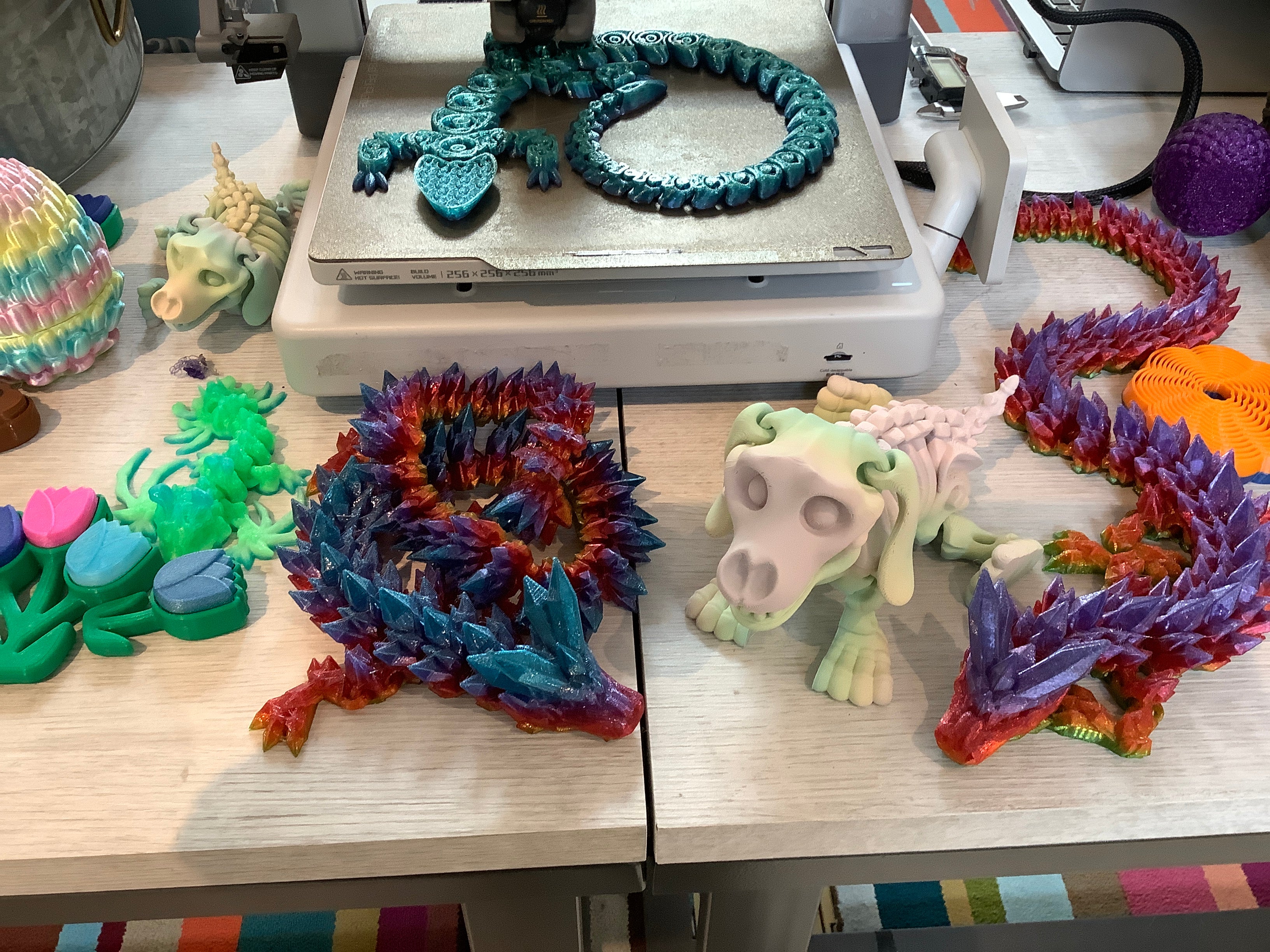
What is 3D Printing?
Step One: 3D Modeling
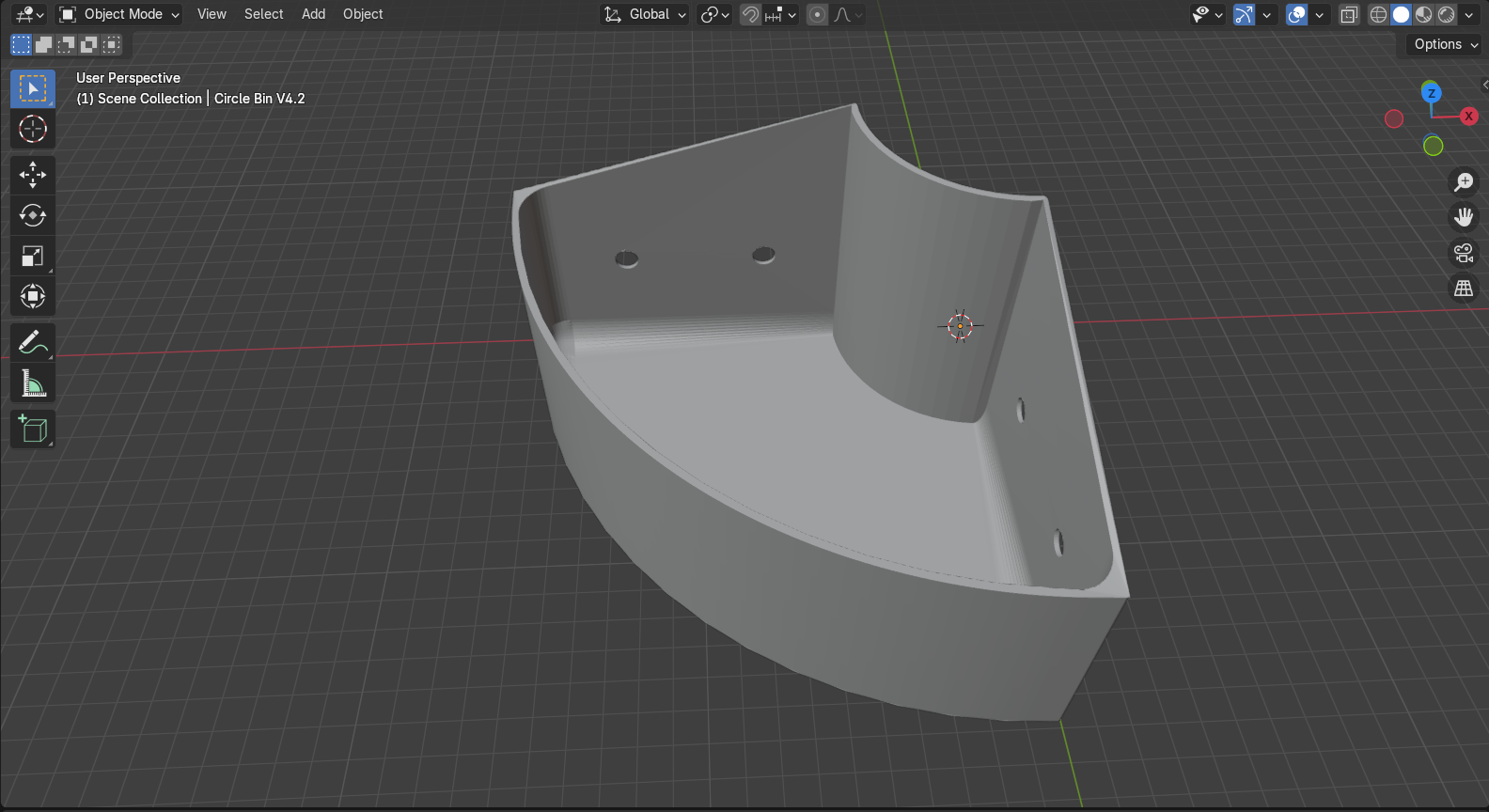
3D Printing begins with a 3D Model

Free 3D models for beginners can be found online along with professionally designed paid models.
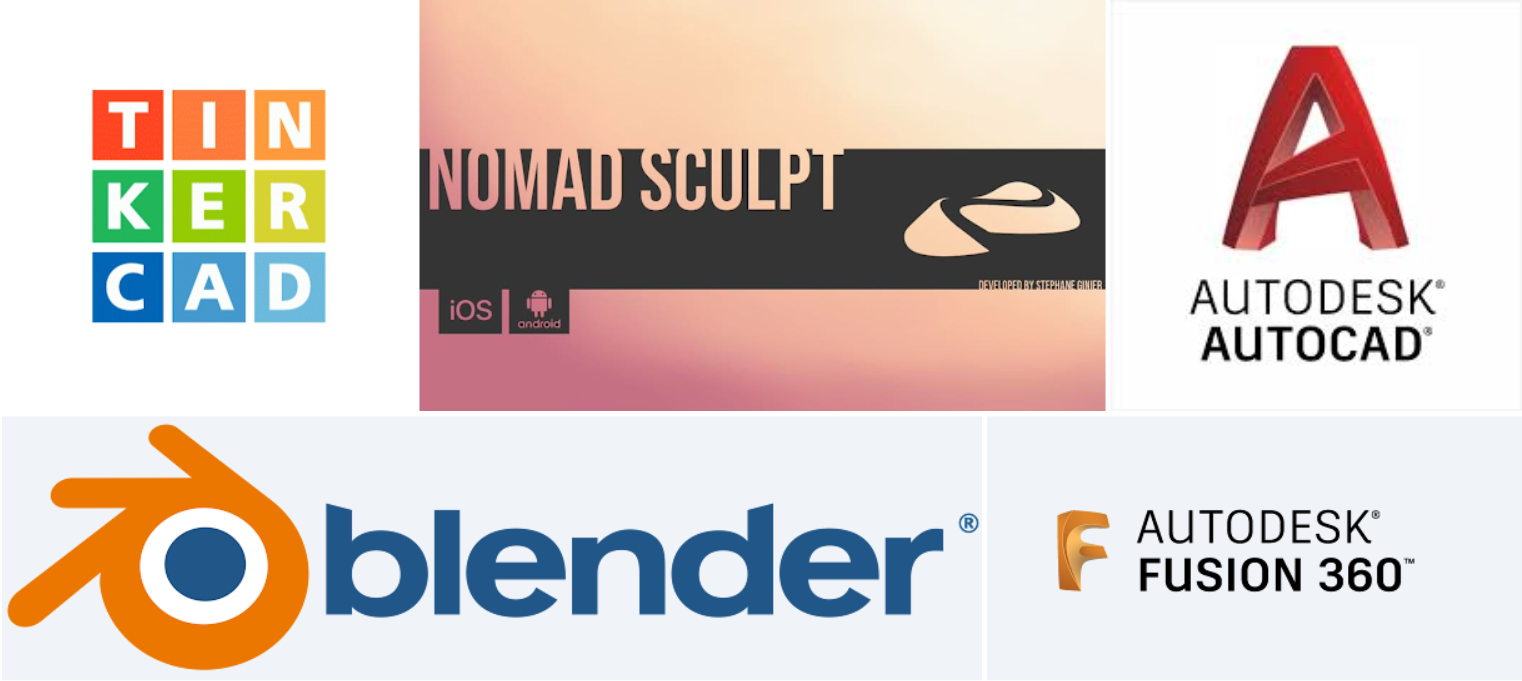
Or, you can create a 3D model yourself from a vast variety of modeling software!
Step Two: Slicing the 3D Model
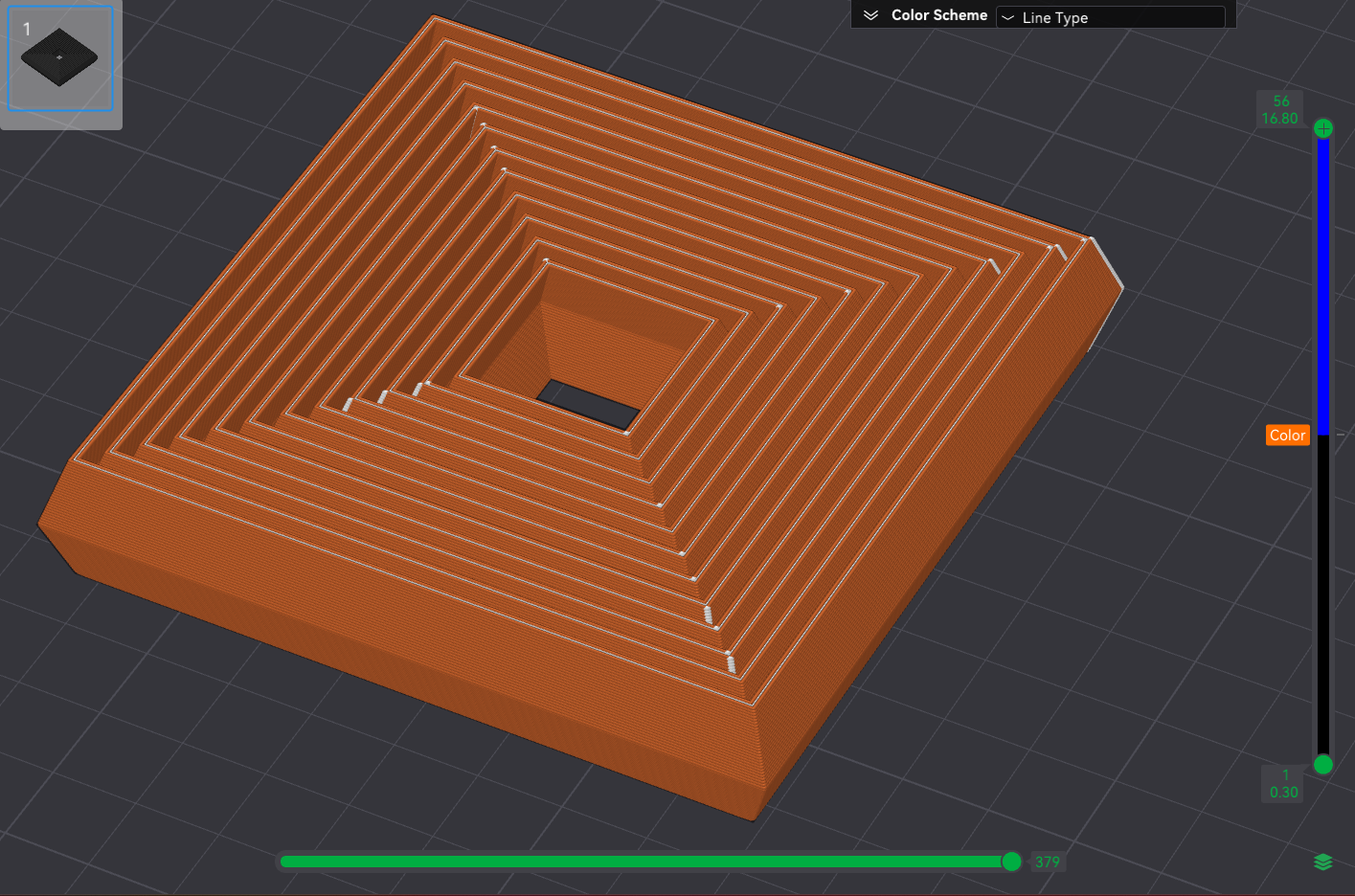
Slicing refers to the process of taking a 3D model and using a software to slice the model into layers
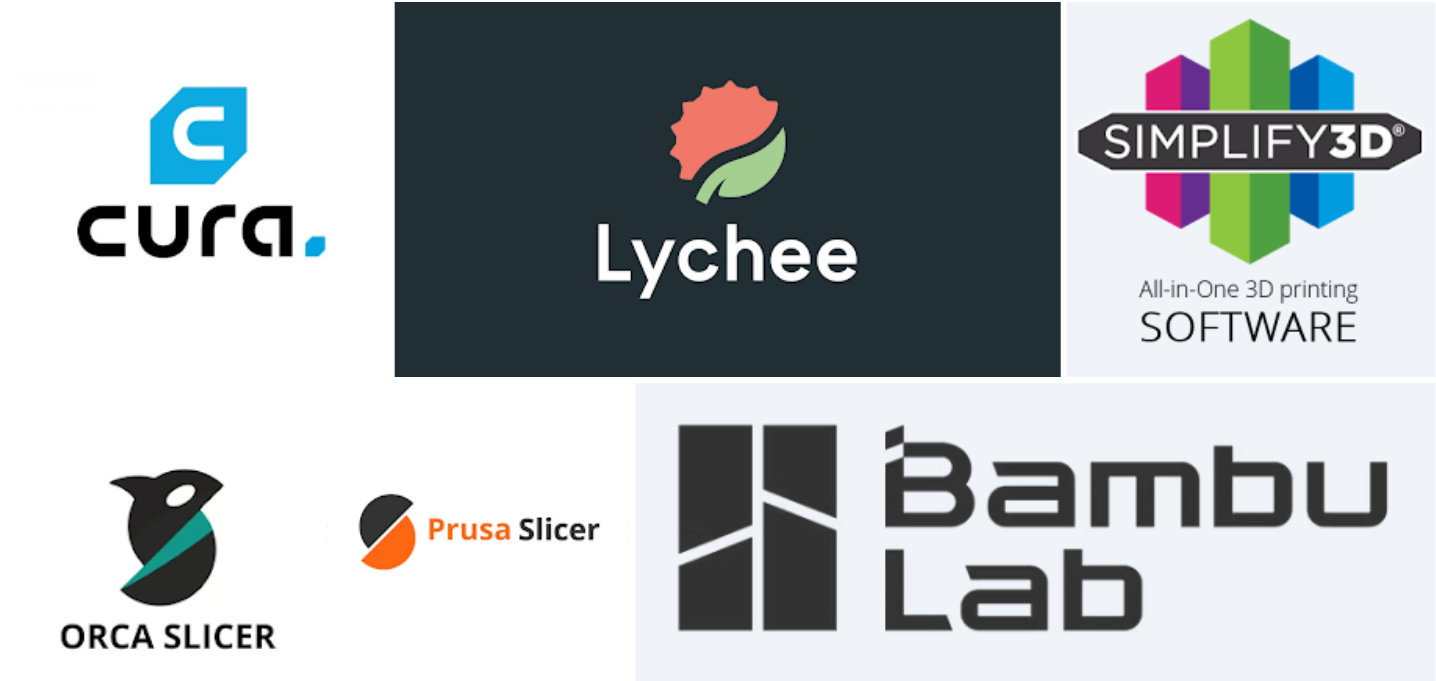
There is a variety of free slicing software available online, each with their own unique benefits and options.
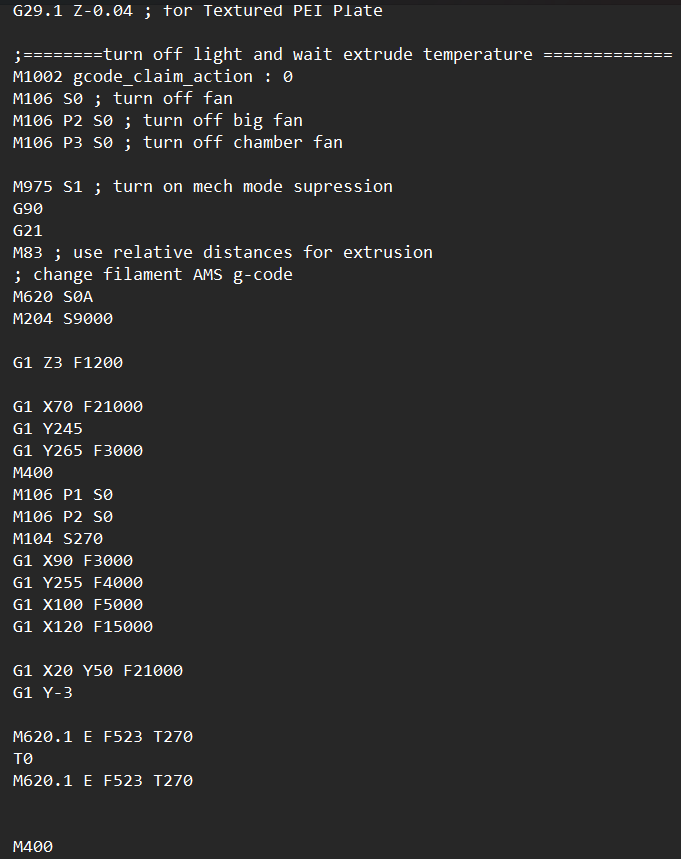
After our 3D model is sliced a file is generated containing code and information relevant to the printer in use.
Step Three: Filament
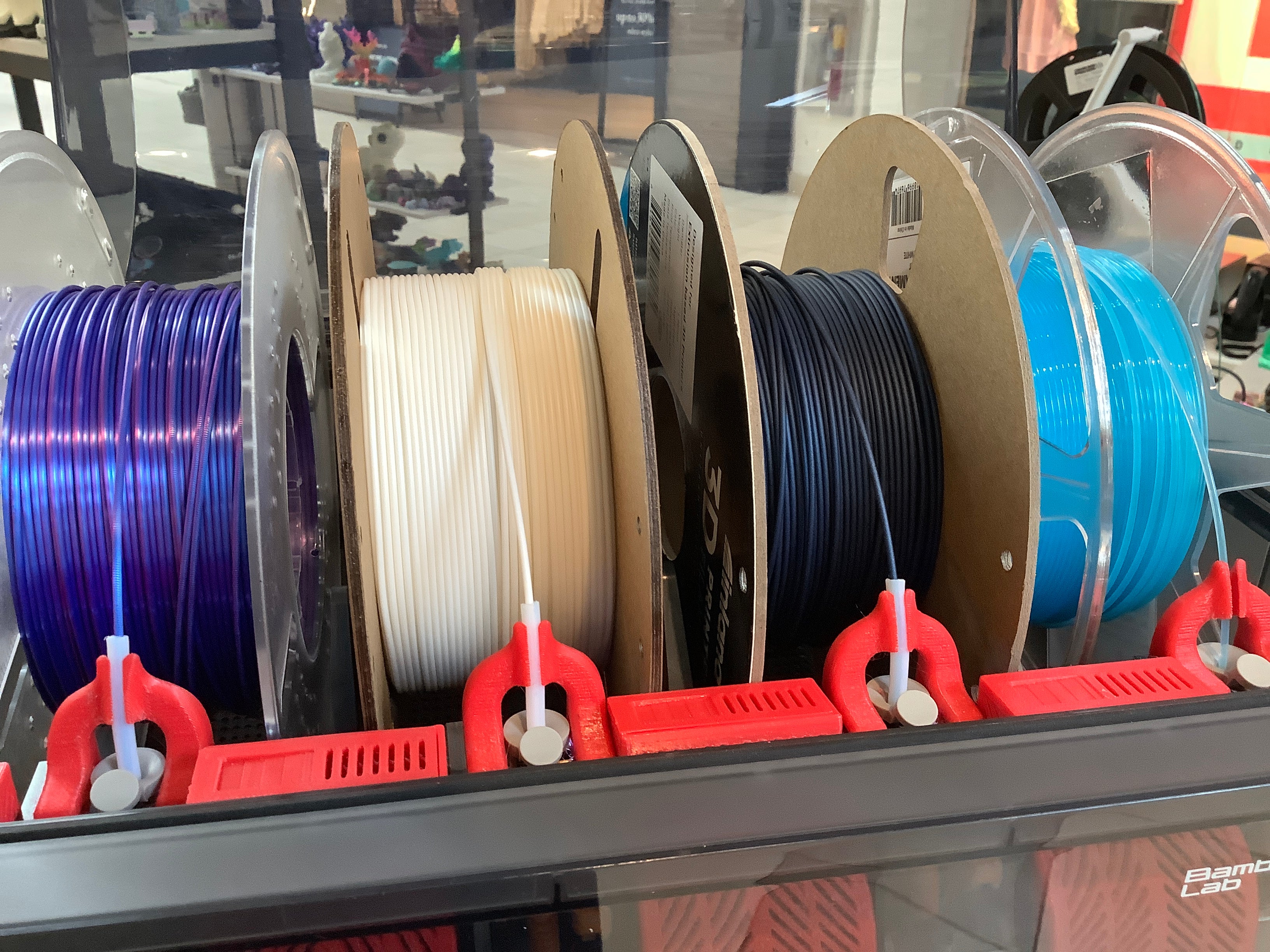
Choosing the filament to use can be just as important as the slicer settings! Especially with FDM printing. Some filament provides stronger properties, others are UV resistant, some have higher melting points, and more!
PLA and PETG are entry-level types of filament and common among household use, but there are dozens more!

While not necessary, it is recommended to "dry" most filament. The less moisture in the material, the cleaner results we will achieve!
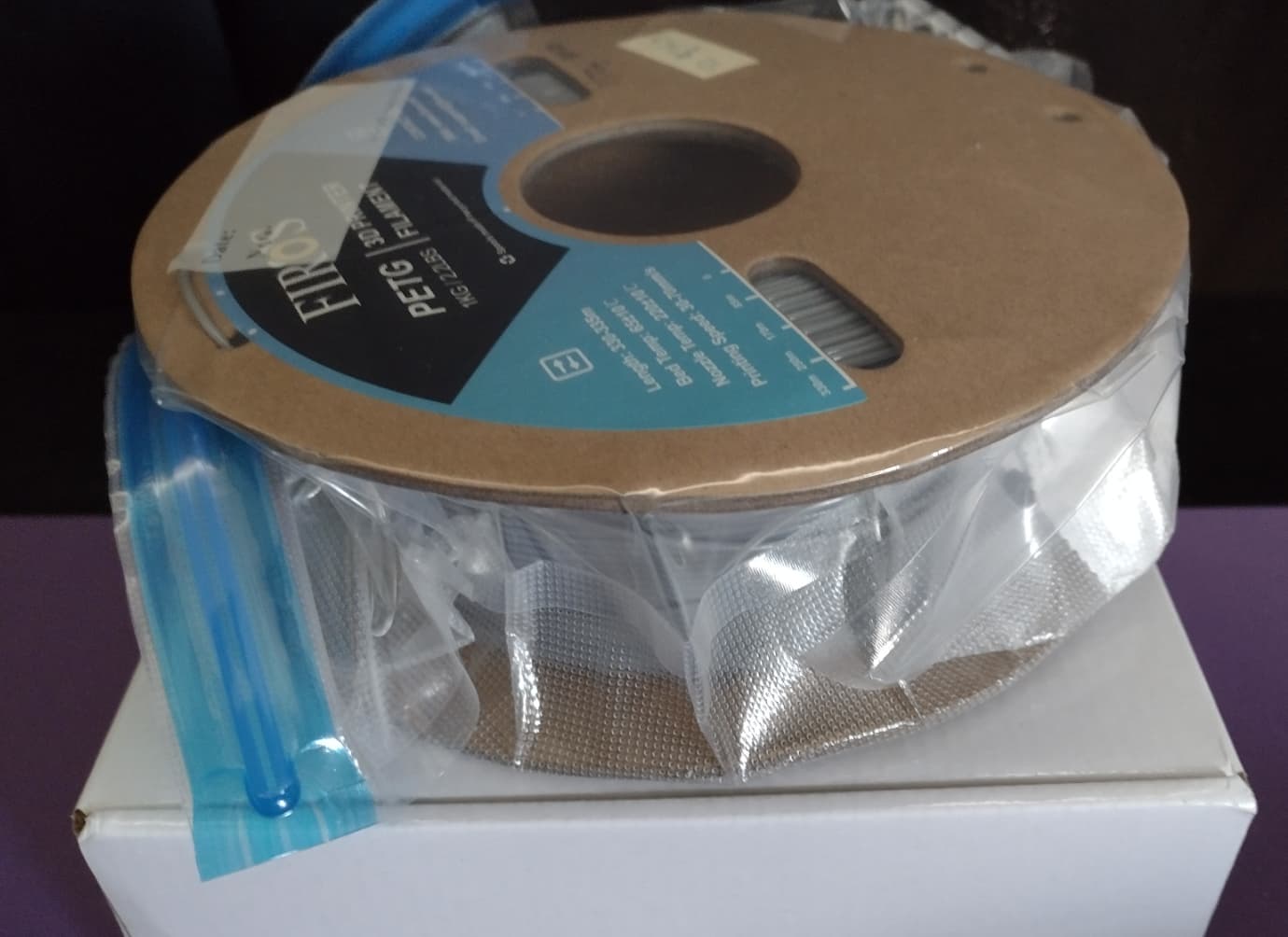
One of the most common methods to keep filament dry is by keeping spools enclosed in airtight bags with desiccant beads.
Resin Printing is an entirely different process, but material should ALWAYS be kept in air tight, sealed containers. Always use proper PPE when handling uncured resin. Resin printers need proper ventilation to avoid toxic fume inhalation. Follow manufacturer's recommendations closely. For more info about Resin printing click here.
Step Four: FDM Printing the 3D Model
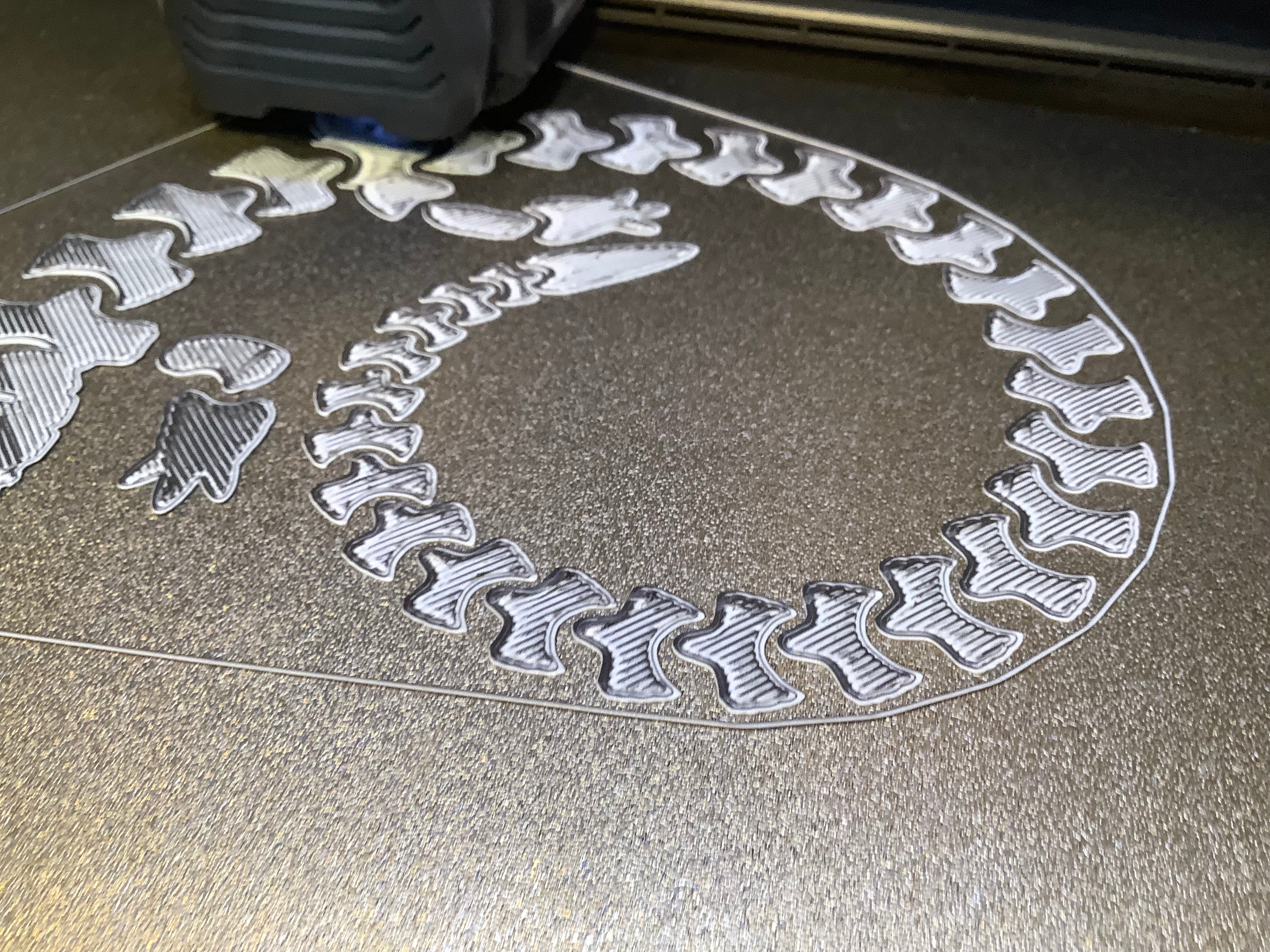
FDM Printers start at the bottom layer of the 3D models slice, and the printer will extrude plastic filament onto an X,Y,Z coordinates of the bed plate
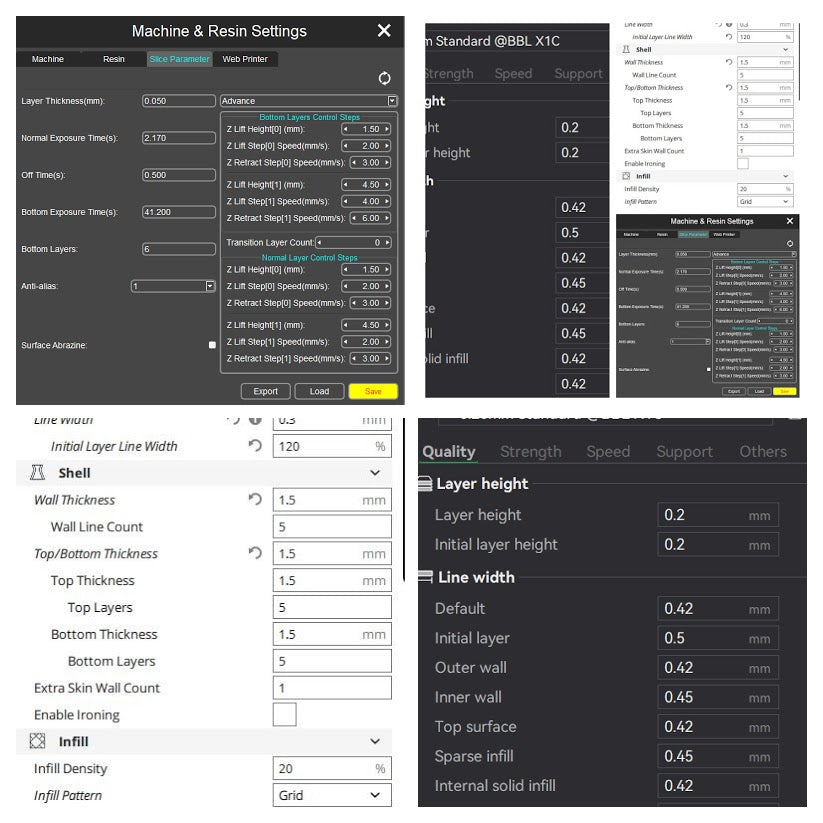
There are hundreds of settings and options required to reach a successful print, there is NO one size fits all option, ever!
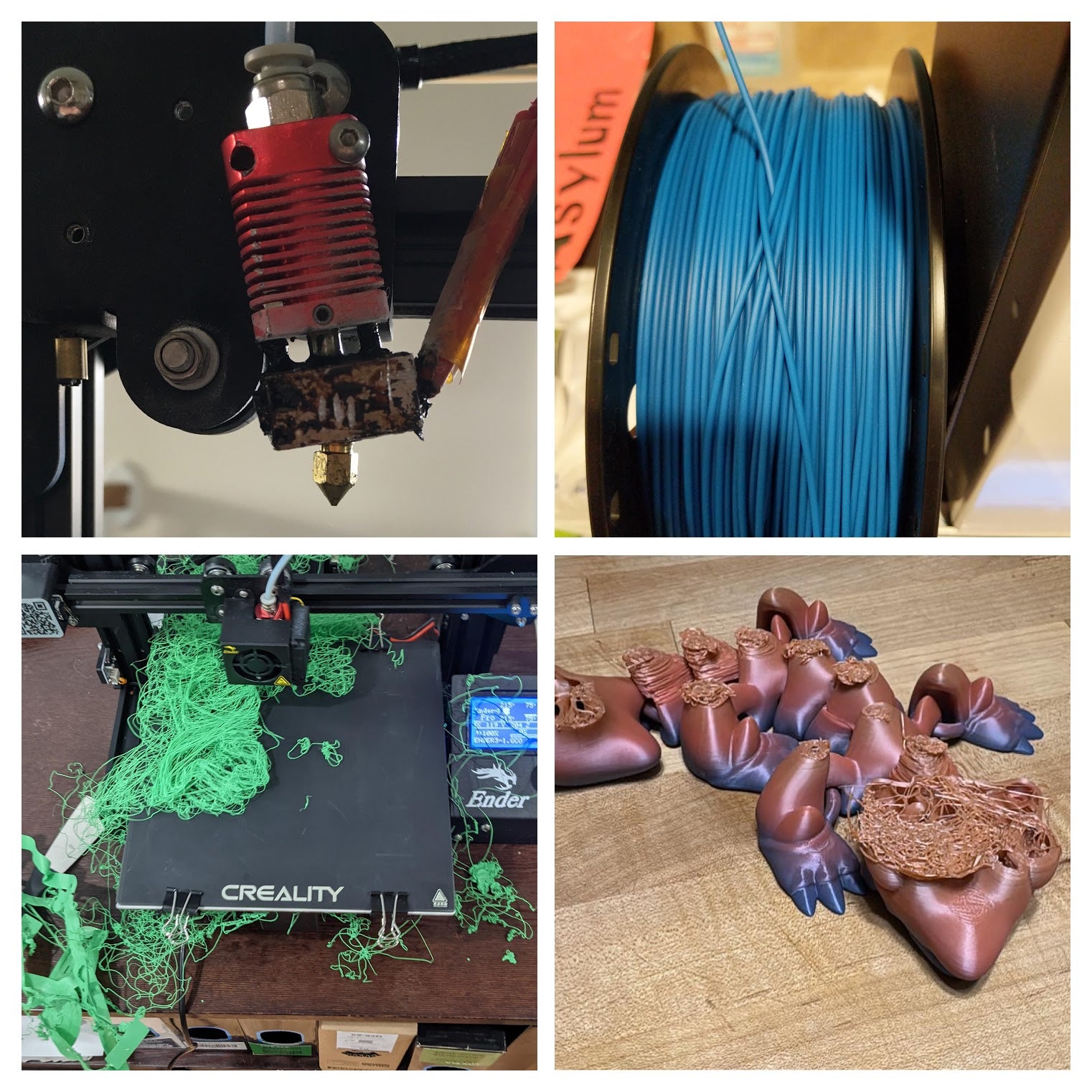
FDM Printing is also filled with a variety of things that will go wrong: tangles, clogs, skips, etc. Expecting to "click print and walk away" will only frustrate you along your journey!
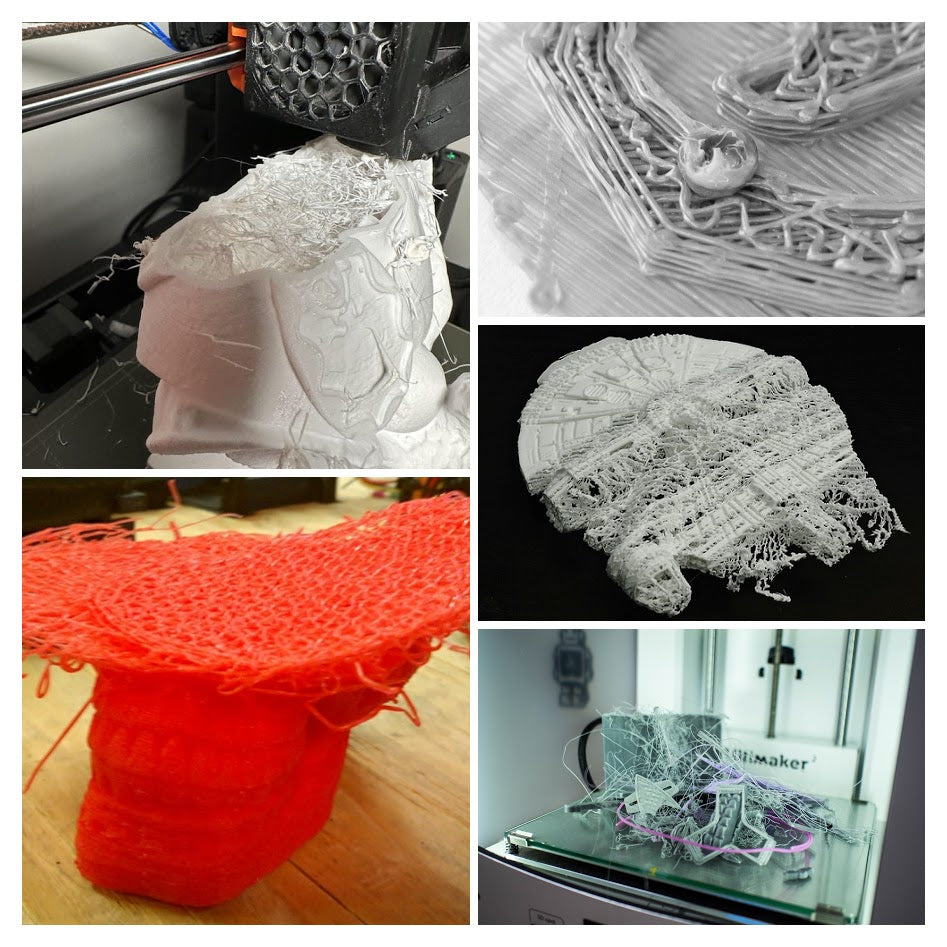
So don't let the failures get to you! Instead use the opportunity to learn why things go wrong, and how do we move forward!

The FDM Printer will work its way around your print, wall by wall, layer by layer, from bottom to top until it finishes!
Step Five: Enjoying Your 3D Print!
3D Printing is vastly different from traditional manufacturing and requires different care that we wouldn't normally consider.
Keep 3D Prints away from heat! Traditional 3D printing uses filament/resin that becomes pliable at ~150°F(70°C). Not recommended to leave in a car or direct sunlight unless otherwise noted.
Most prints will come clean with a gentle scrub of warm water and soap! Feel free to paint your models too! Just remember that washing a painted model may result in faded paint. We personally recommend acrylic paints!
3D Printing generally doesn't have the same strength properties as traditional manufacturing. Misuse and abuse will result in broken prints.
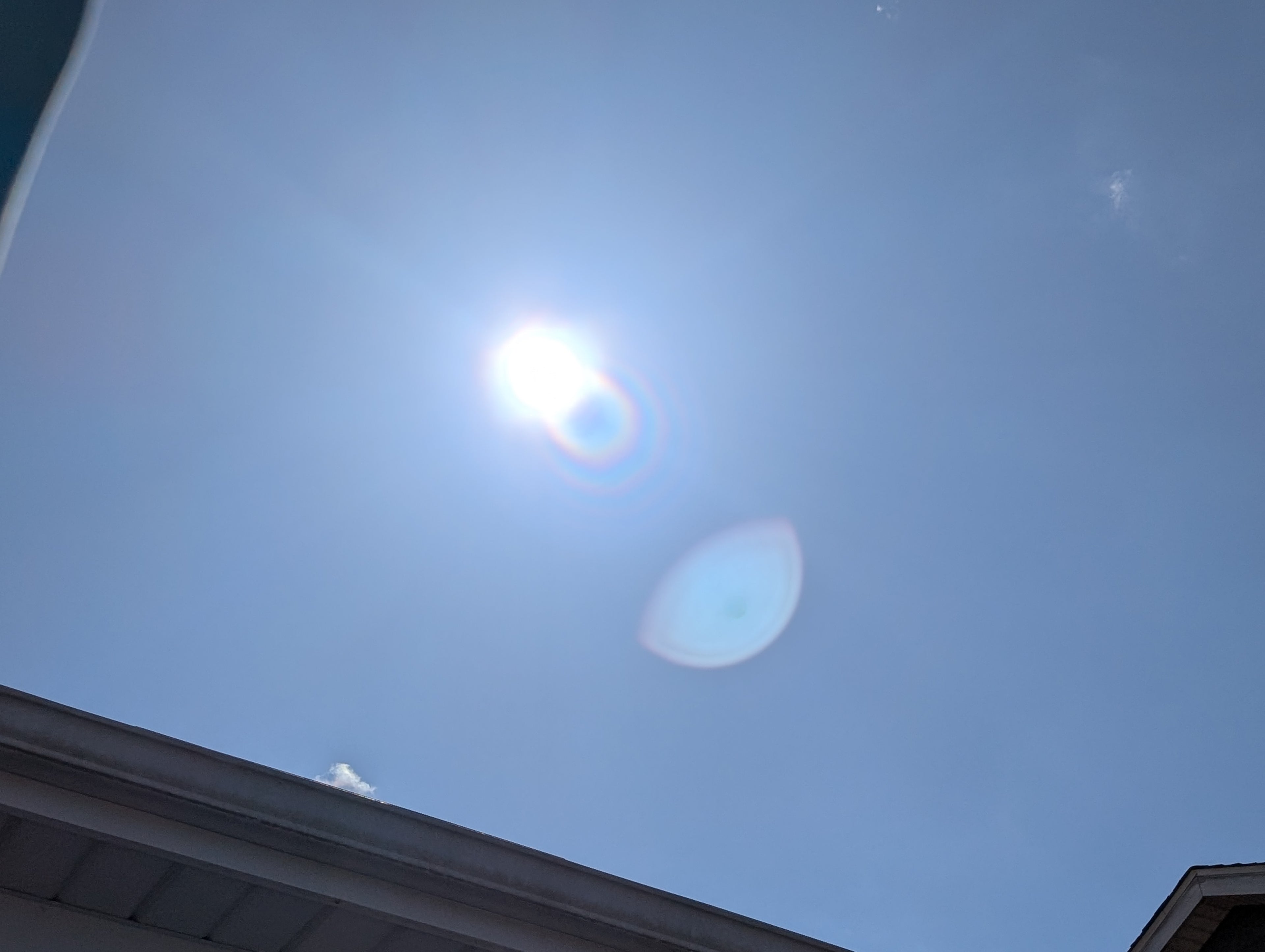
Direct sunlight may fade product over time! Unless otherwise noted, most 3D filament/resin is not UV resistant.
